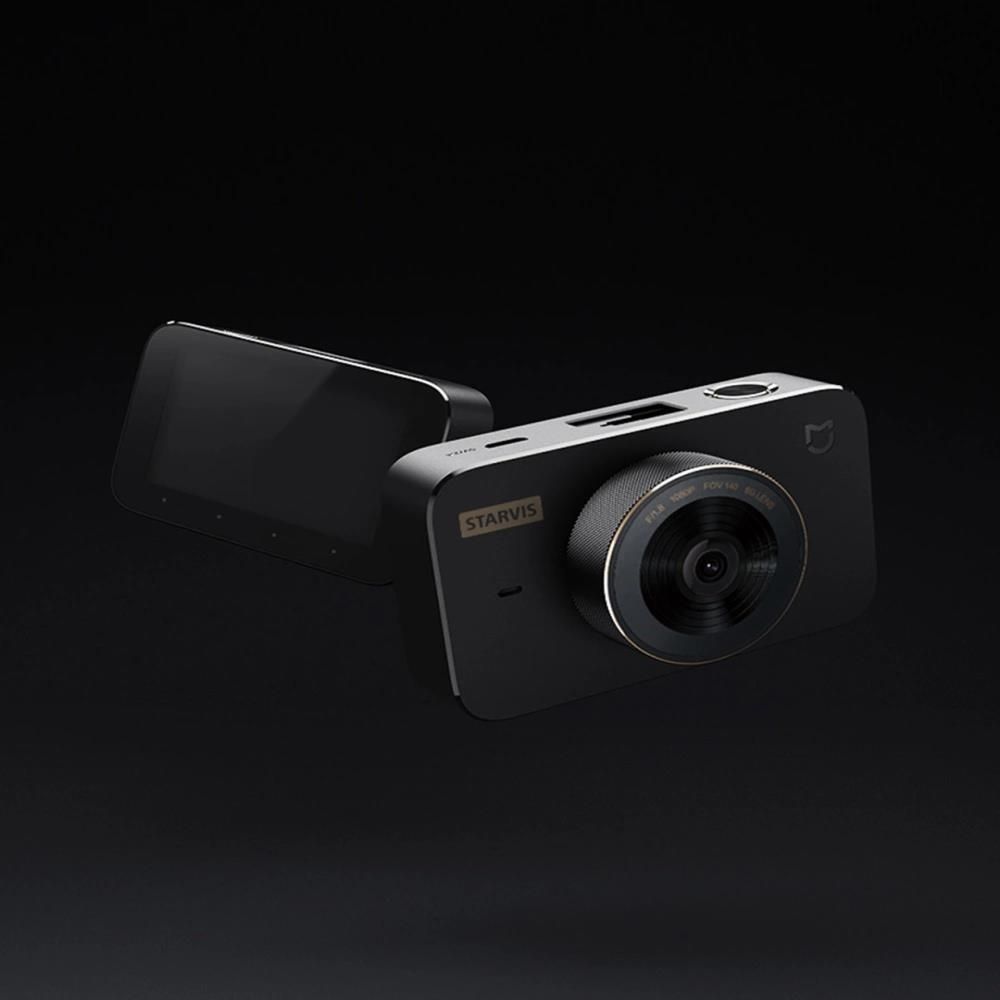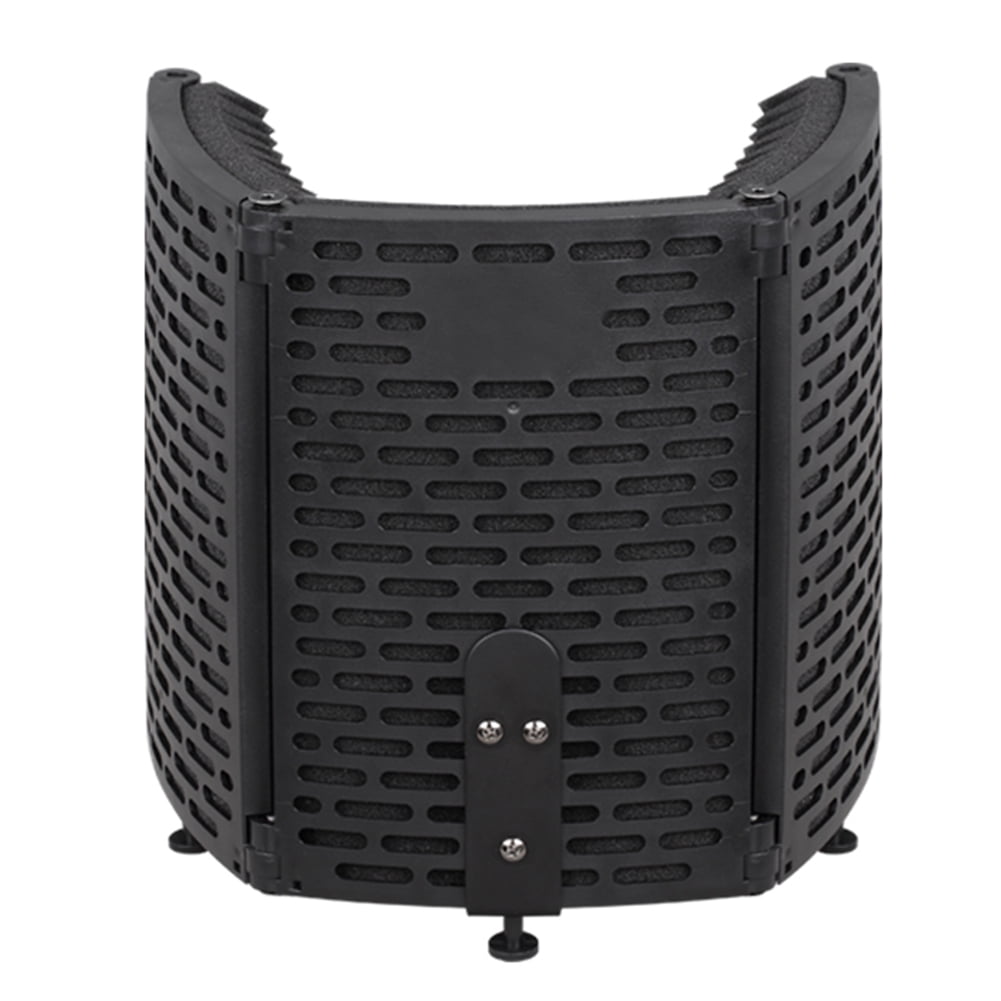

There are two broad categories of noise that may need to be processed in order to restore a signal to optimal intelligibility and fidelity: Impulse noises such as those arising from scratches and surface defects in old phonograph recordings or from static and crosstalk in signal transmission lines Broadband noise such as tape hiss or background noise from live recordings The Algorithmix DeScratcher Plug-In is designed specifically to remove unwanted impulse signals such as scratches and crackling sounds, while the DeNoiser Plug-In is designed for broadband noise removal. This means it will operate to remove broadband noise artifacts directly from an existing signal and does not need any special encoding procedure before recording, like the DOLBY Labs system mentioned above. Single-Ended Noise Reduction The Algorithmix DeNoiser Plug-In is a single-ended noise reduction system. In this case, a process that can reduce or remove the noise that already exists without substantially changing the original signal is required. However, for recordings that already have a high noise component, encode/decode schemes can make no improvement. This works to minimize adding noise during the recording process, especially when recording to analog tape media. The idea behind this is to reduce the noise, but keep the signal unchanged.

Then after playback a reverse operation (decode) is applied to the coded signal. The recorded signal is processed in a special way (encoded) before recording to the tape. Encode/Decode Schemes Among the classical methods to prevent noise before it arises are complementary encode/ decode systems like the famous tape noise reduction system from DOLBY Labs. In such cases a compromise is necessary since the noise reduction can be only done at the expense of distorting the signal we want to preserve. If the signal and noise spectra overlap there is no traditional filter technology that can perfectly extract the desired signal. This sounds plausible, but in most cases does not work.

The standard method of extracting signal from noise is to design an appropriate filter that removes the noise components and at the same time lets the desired signal go through unchanged. A processor that can remove the noise components while leaving the signal relatively unaffected is therefore a valuable tool for audio engineers.
Denoiser 3 makes screen black manual#
6 DENOISER QUICK REFERENCE.6 APPLICATIONS TIPS.7 LATENCY WHEN USED IN PYRAMIX VIRTUAL STUDIO MIXER.8 Algorithmix DeNoiser User s Manual 1ģ Algorithmix DeNoiser Plug-In Noise Removal Processor for Pyramix Systems Introduction to Noise Removal One of the common problems in audio production work is noisy signals. 2 THE DENOISING PROCESS.3 Algorithmix DeNoiser Interface. Just go to the page with the privacy policy.1 DeNoiser Plug-In for USER S MANUAL 2001 Algorithmix All rights reserved Algorithmix DeNoiser User s Manual MT Version 1.1 7/2001Ģ De-NOISER MANUAL CONTENTS INTRODUCTION TO NOISE REMOVAL.2 Encode/Decode Schemes. You will find further information in the privacy settings, where you can also change your selection at any time. You accept the following cookies by clicking on Accept all. To do so, simply call up the web page with the privacy policy You can find more information under “Individual Privacy Preferences”, where you can change your selection at any time. You accept the following cookies by clicking on “Accept all”. Under “Individual Privacy Preferences” you can change or withdraw your consent at any time. 49 (1) a) GDPR, where the European high standard of data protection does not exist, so that the data may be subject to access by the authorities. This also incorporates, for a temporary period, your consent to data processing outside the EEA, such as in the USA (Art. By clicking on “Accept all”, you provide your voluntary consent (can be withdrawn at any time) to this data processing. This allows us to show you personalised content and exclusive promotional prices, as well as to gain insights about target groups for product development. Your personal data (IP addresses or similar) is used to store information on your device and / or to access it (so-called cookies).

In this context, data may be processed outside the European Economic Area (EEA). We transmit data to third-party providers in order to improve our web offering for you.


 0 kommentar(er)
0 kommentar(er)
